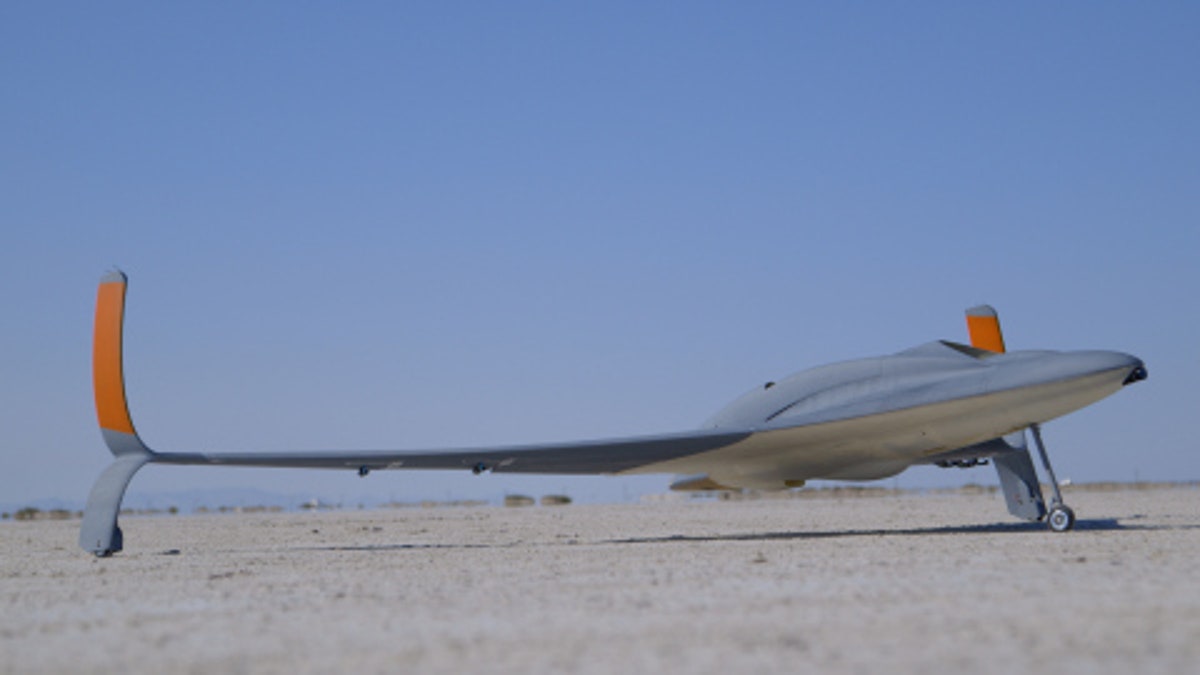
(Photo: Stratasys)
The rapidly advancing industries of 3D printing and drone technology continue to innovate at breakneck speeds, and just this past weekend, a group of engineers raised the bar even higher. During an exhibition at the Dubai Airshow, researchers from the aviation company Aurora Flight Sciences and the professional 3D printing firm Stratasys Limited officially unveiled the world's first 3D-printed jet-powered aircraft. Weighing in at a massive 33 lbs., the UAV flies at an astounding 150 miles per hour, making it the world's fastest and largest 3D-printed drone.
According to the team, the goal of the project was to demonstrate the efficiency of designing, printing, and flying 3D-printed aircraft. Aurora Flight Sciences engineer Dan Campbell points out the build time for this record-breaking drone was roughly 50 percent less than that of previous projects, with 3D-printing accounting for around 80 percent of the drone's design. By making use of several different printing techniques -- filament extrusion, laser sintering, and laser melting tech -- Aurora was able to deliver on its intent of creating a revolutionary jet-powered drone.
Related: This algae-eating drone hopes to clean up the Baltic Sea for good
"Recently we decided to really see how far we could push the envelope," says Campbell in the video posted above. "No one has 3D-printed an aircraft this big, this fast, and this complex."
What particularly piqued Aurora's interest in working with Stratasys was the amount of design freedom the company achieves by dealing strictly with 3D-printed parts. Not only does a 3D-printed aircraft inherently weigh much less than a traditionally-manufactured drone, but the printing process also allows the designers to customize certain elements of the craft for improved functionality. Additive manufacturing grants the team the ability to create what they call a "mission-specific aircraft," that is, the ability to manufacture a drone with a single goal in mind while avoiding exorbitant build costs.
"This is a perfect demonstration of the unique capabilities that additive manufacturing can bring to aerospace," says Stratasys Senior Business Development Manager Scott Sevcik. "This meant using different 3D printing materials and technologies together on one aircraft to maximize the benefits of additive manufacturing and 3D print both lightweight and capable structural components."
It didn't take long for 3D printing to enter the world of drone technology, and it took an even shorter amount of time for it to positively impact the industry. With an increasing number of engineers finding new and inventive ways to implement additive manufacturing into the world of UAVs, it's likely this is just the first in a long line of revolutionary innovations in the space.
